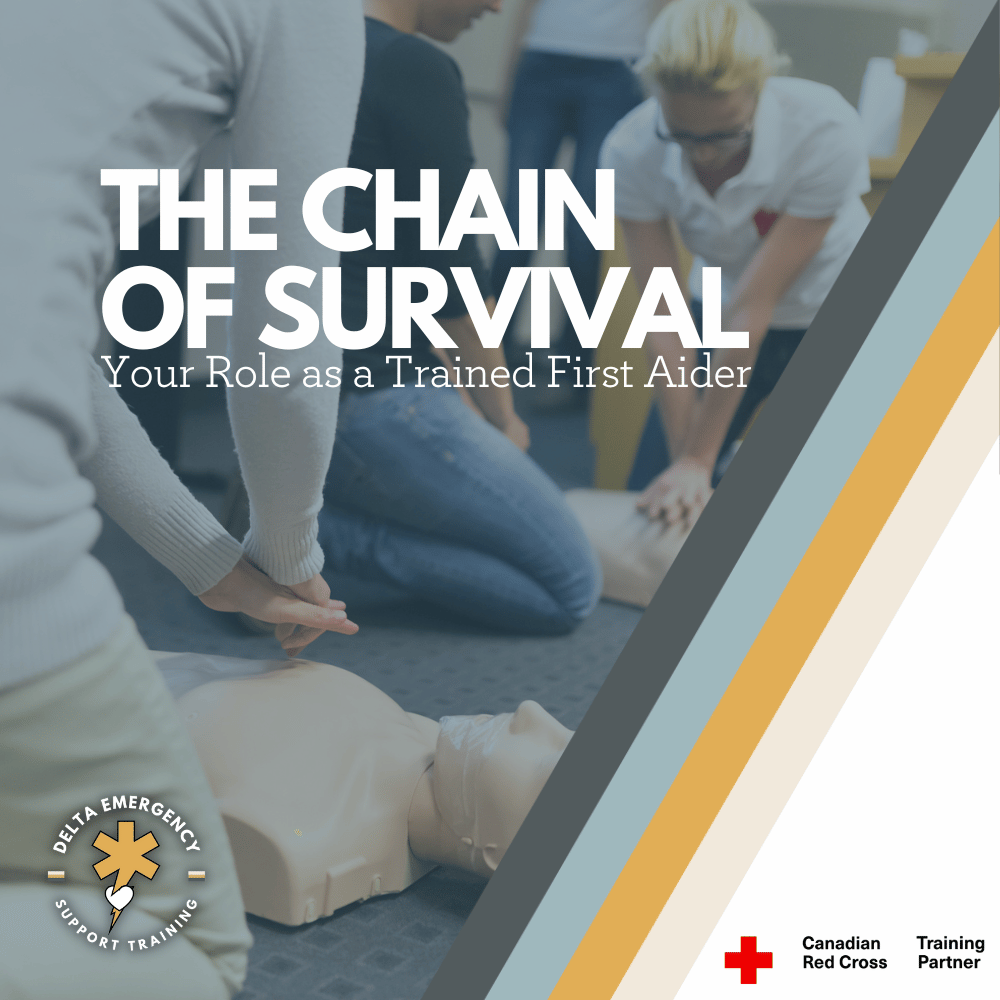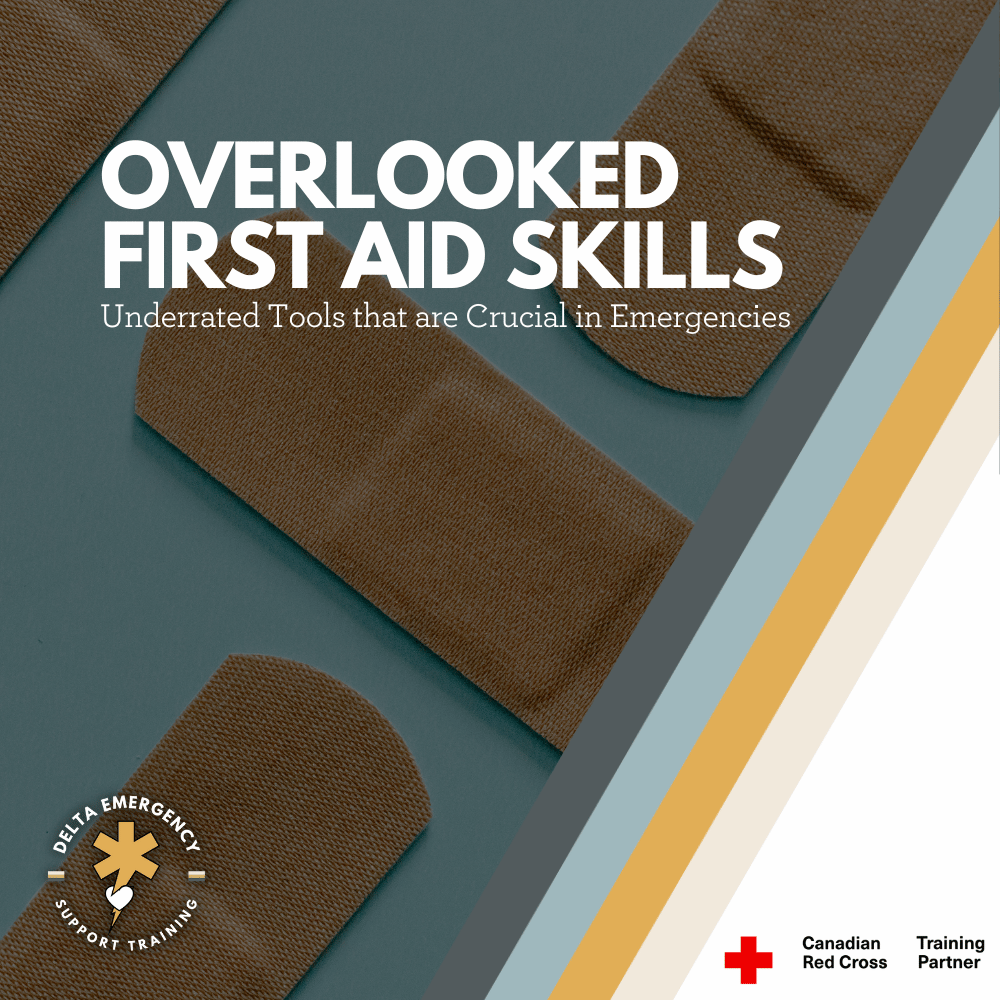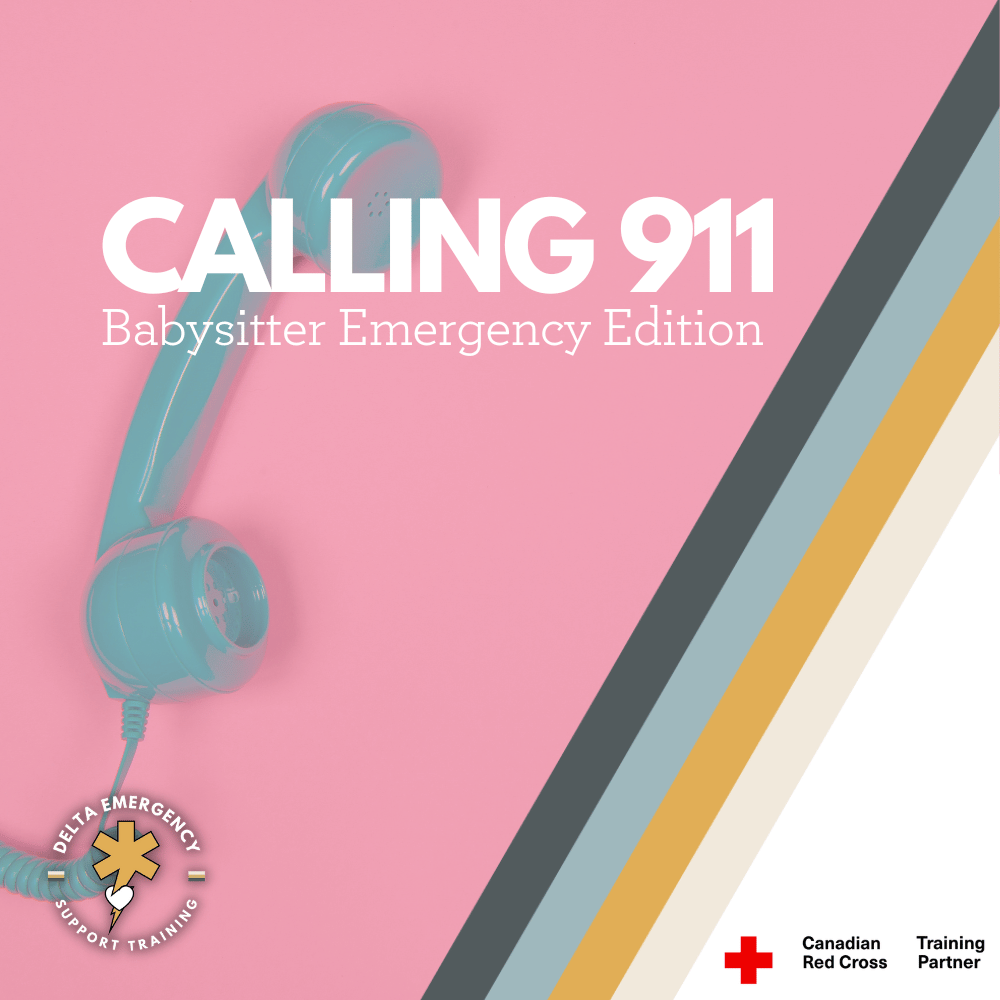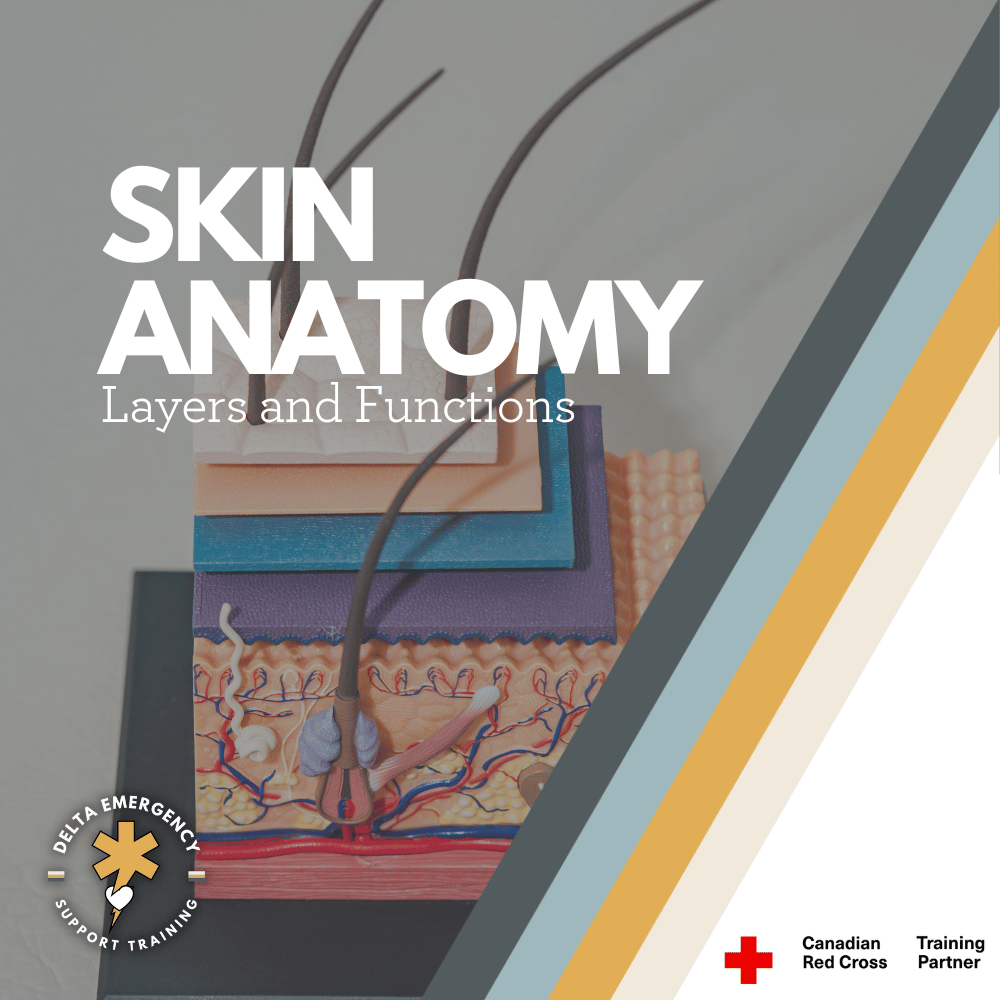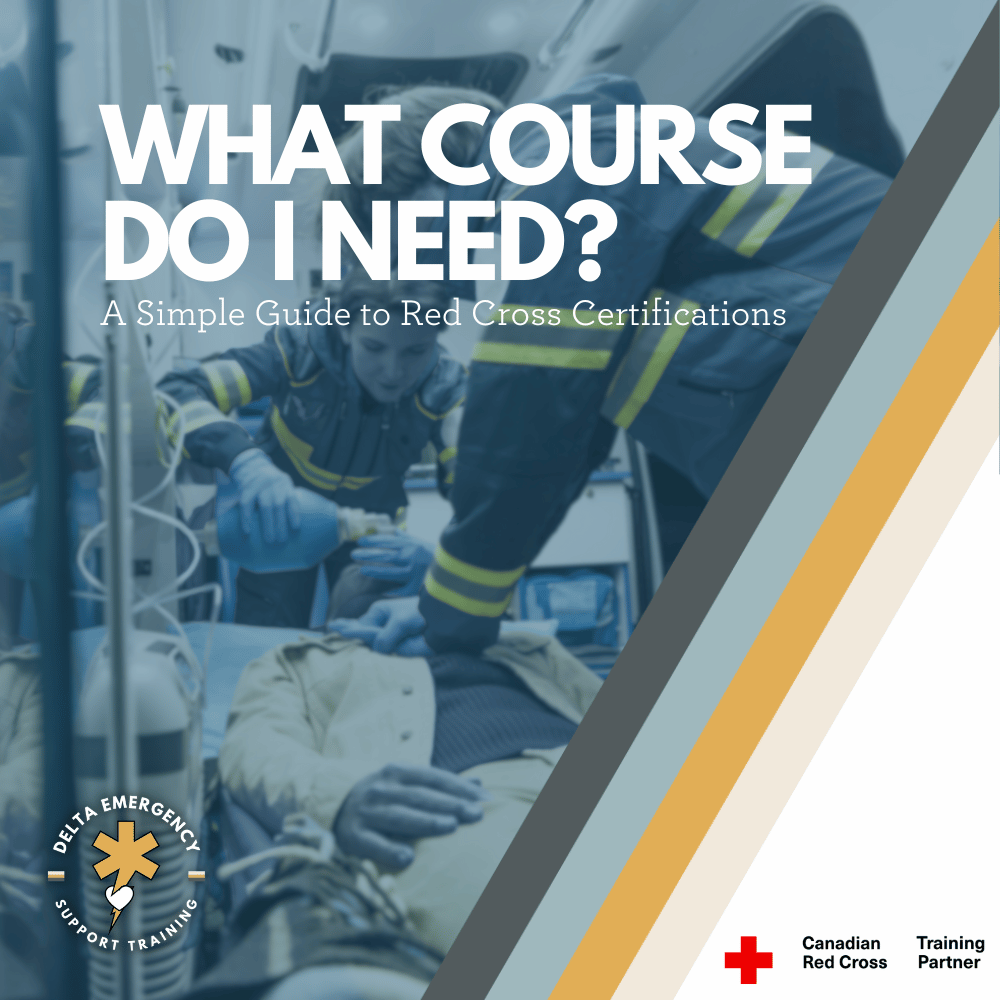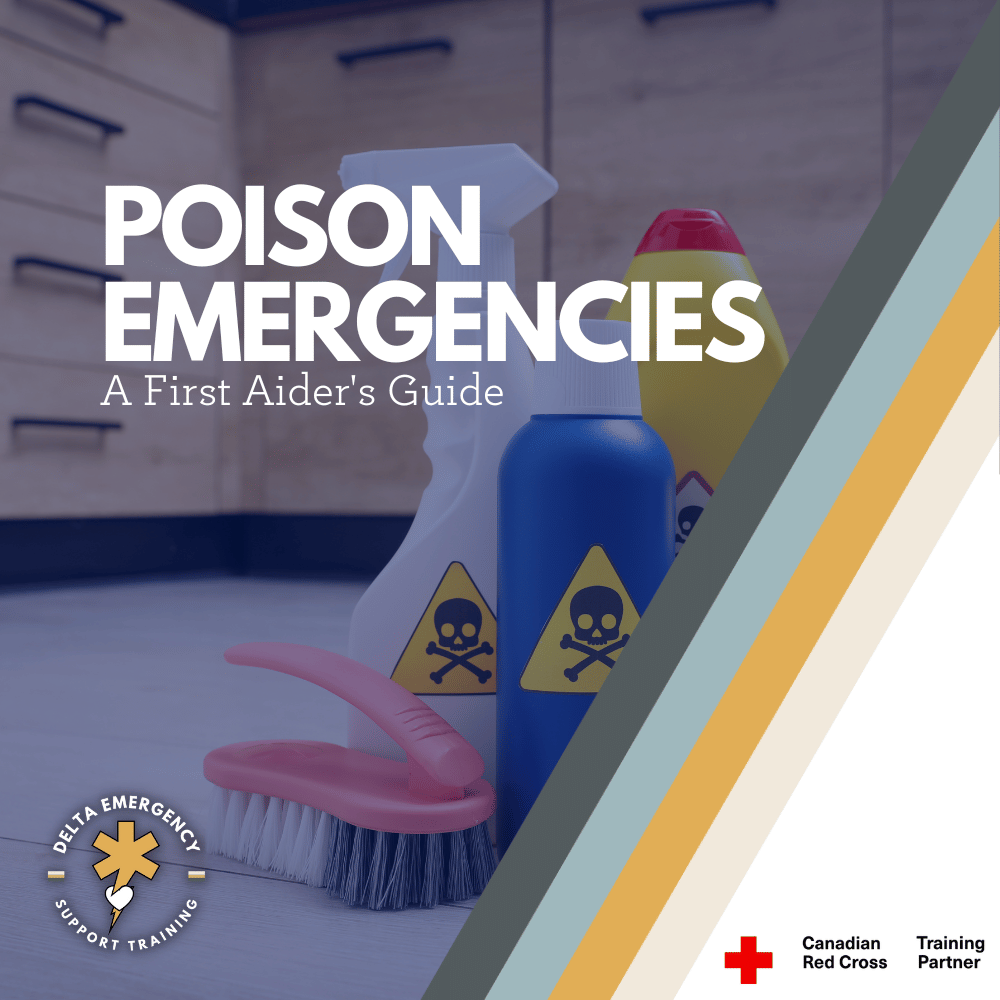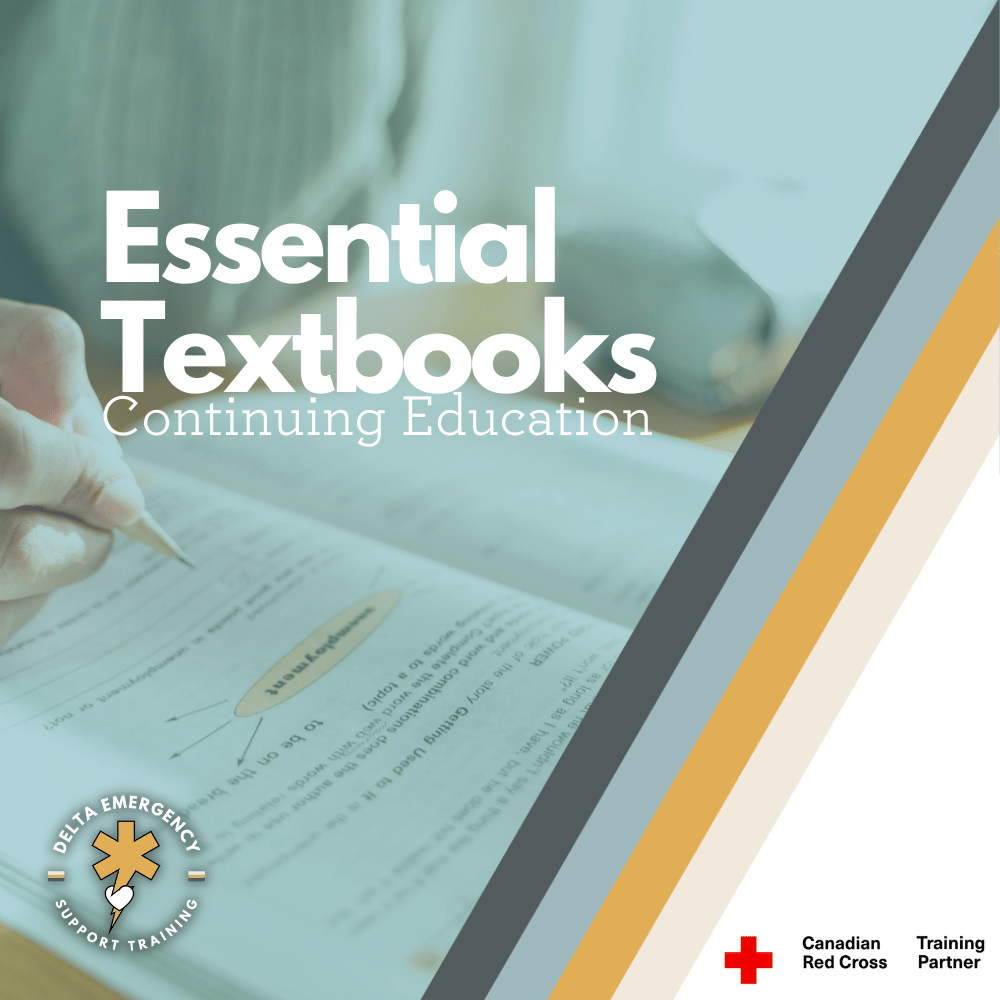Overcoming the Bystander Effect: How to Encourage Action in Emergencies
/Even when help is needed most, many people hesitate to act. The bystander effect explains why witnesses freeze during emergencies, but simple strategies, like assigning tasks, giving clear instructions, and staying calm can empower anyone to make a difference.
Read More


